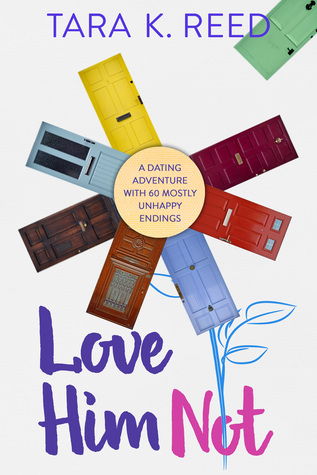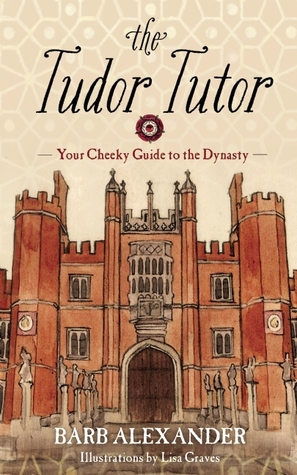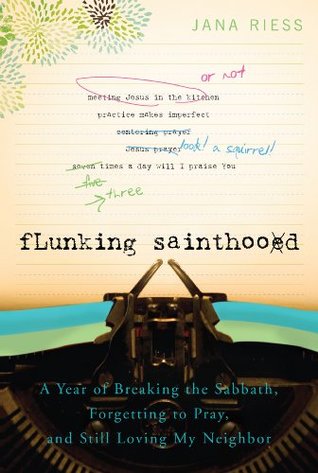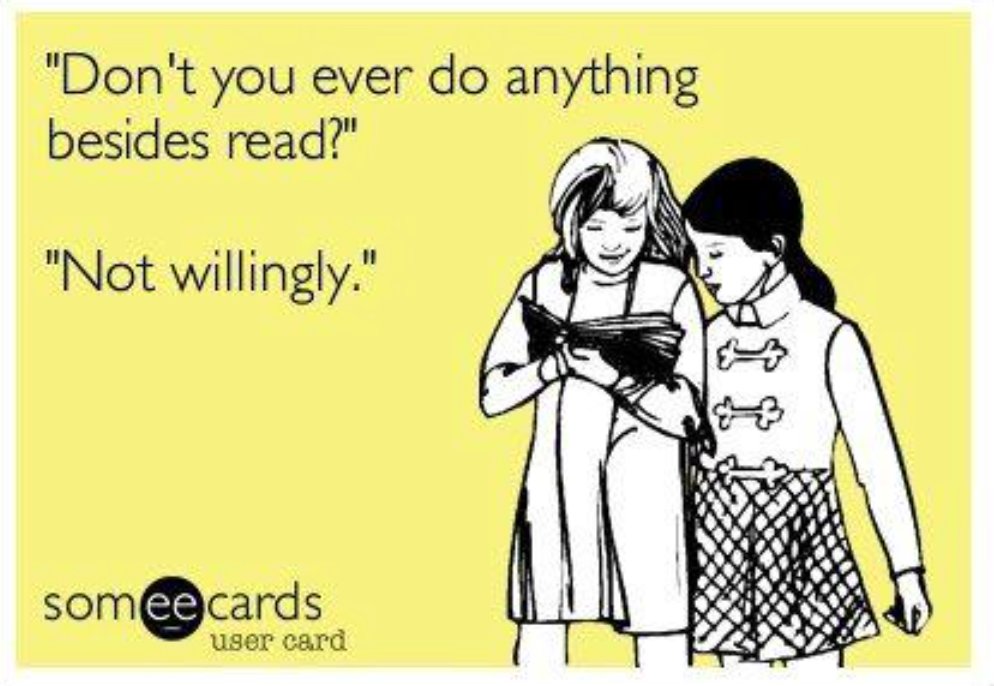Rating: 5 Stars
(I really, really, REALLY hope I win the Goodreads giveaway for this one. Like, desperately. It's a rare book that I actually say I MUST own. This is one of them. So, Goodreads, please pick me.)
Love. Love. Love. I loved this book. I loved it so much I don't even know if I can write a proper review of it because all I am going to say is how much I love it. This is exactly the kind of book I was looking for about New York City. I love city biographies and this was phenomenal. Easily one of the best books I have read this year. Loved it. Just loved it.
But I suppose that's not enough, is it? I should probably show you why I loved it so much, so you can go out and buy it or check it out from the library and love it too. Man, this is a daunting task.
This book was very slow-going for me, but in a very positive way. It is so filled with interesting facts that I found myself constantly pausing to take notes on what I was reading, or to go to Google Maps and Google Street View when I came to the 'Stand Here' section in each chapter. I took so many notes, in fact, that I think I set a new record - 43. It only took me three days to read, and I could have zoomed through much more quickly than that even if I was not stopping to take said notes, but then I would not have been able to look back at it now and appreciate everything it has to offer. I like to take notes in general when I read so I have some idea of what I am going to write in my review, but this time it was so much more. I have never been to New York City and it is my dream to visit there some day with my daughter and drag her along to all the historical sites that we can possibly cram into a week's visit. Normally I have very specific time periods I am interested in, whether it be Anglo-Saxon England, Roman Britain, Biblical Middle East, etc. But New York City is the one place that, no matter the time period, I want to know about it. From its early days as the Dutch settlement of New Amsterdam, to the bustle and blinding lights of Times Square now, I want to know about all of it. All the secrets of the neighborhoods, all the stories, I want to know it all.
I have often wondered where this obsession came from, and sadly I think part of it came from the September 11th attacks on the World Trade Center. Around the country and around the world, we watched this city of millions come together as one and rise up from unspeakable horror. The City that Never Sleeps became a symbol for what it meant to be an American, to be resilient in the face of tragedy, and soldiered on. Then, in 2004 the Beastie Boys (one of my favorite groups EVER) released their album "To the 5 Boroughs", with 'An Open Letter to NYC' and I wanted to be a part of that. I wanted to not only visit New York, but to live there, to become a New Yorker and BE there.
While that has not exactly worked out the way I wanted for the time being, I have to be content with planning trips and reading books like these to help plan said trips. This is the perfect guidebook without actually being a guidebook. It touches on so many well-known and obscure details of the city and I learned so much more than I even thought I would. It is written in such a way that is easily accessible for any reader and educates without being pompous or overly academic. That doesn't mean you won't learn anything, you will learn TONS. But it won't feel like you are. The authors do a fantastic job keeping the book almost conversational without dumbing anything down.
The book begins with a map of Manhattan. In a section they call "Situate the Reader', this map is broken up into numbered sections which correspond to the subsequent chapters in the book. The authors start us out in New York Harbor in chapter 1, and we meander north through Battery Park, Chinatown, Little Italy, SoHo, the Bowery, Greenwich Village, Gramercy Park, Times Square and Rockefeller Center, Central Park, and finally end up in Washington Heights - but not without seeing all the amazing and historical sites in between. On top of that, interspersed throughout the book we also get sections titled "A Brief History of..." and are given glimpses of the remaining four boroughs - Staten Island, the Bronx, Brooklyn, and Queens (I really, really hope these guys write four more books. Look, four boroughs, four books. Hmmm. But please write them, okay guys?)
The set-up for each chapter is relatively uniform. While they may not be exactly in the same order, they contain the same sub-sections. Each chapter starts with a map that shows points of interest, preceded by a brief summary of the area called 'Situate the Reader'. Then there is a main article related to the area, followed by short paragraphs related to the points of interest on the map at the very beginning of the chapter. There's literally so much information, I was constantly flipping back and forth as I read, first to look at the map to figure out where on Manhattan it was, then looking up further information on my computer, then back to the book. The authors also make a note of each point of interest and its location today, or also let the reader know if it no longer exists - but usually still give the cross streets of where the landmark stood at one time. As mentioned previously, there is also a section called 'Stand Here', and the authors explain their reasoning for a particular view of what they want you to see (this is one of the many reasons why this is the perfect guidebook). Throughout each chapter then are also shorter articles in addition to the main article. These shorter articles often pertain specifically to a point of interest and are a bit more in-depth. There are also many black and white photographs included throughout. While I am normally a stickler for photos, and color ones in particular, in this text I found that the black and white photos were very fitting. I think color photos would have been out of place. The beginning of each chapter also included a photo, as well as some kind of quote from a contemporary source of the period.
There were a lot of points of interest that I knew about, but still learned so much more. A prime example is the disaster of the fire/sinking of the General Slocum. I knew the basics of the tragedy - families out on a Sunday cruise and a fire broke out. The crew panicked, the people panicked, and in the end over 1,000 people were dead - mostly women and children. The fire hose had rotted, as had the life vests. The image of mothers strapping their children into these vests and putting them into the water - only to watch in horror as their children sank in the water and never came up - is horrible. I do not know that I learned about this in school - it is possible but I do not recall. It saddens me that there is not a better, more prominent memorial to these victims. The authors address why this may be - whether it had to do with the nationality (mainly German) or social class (poor) of those killed that June day in 1904. I'd think now though, in 2016, surely a better memorial could be built to honor them. Why more people don't know of this event, I do not know for sure. But this book goes a long way to start educating. I would hope at least that students in New York learn about this events that have impacted their city, even if the rest of the country may not.
Other events were news to me too - like the Astor Place riots, or the Civil War Draft Riots. The former occurred because of class differences (and theatrical preferences), the latter due to, more obviously, the Civil War and thus, race. So many events like this, totally unknown to me before. Hopefully not so to the youth of New York City.
There were also many events and buildings and neighborhoods I did know about - including my personal favorite: St Marks (and for an in-depth look at St Marks Place, you should definitely read 'St Marks is Dead: The Many Lives of America's Hippest Street' by Ada Calhoun). But in addition to St Marks, there was Strand Bookstore (imagine seeing Book Row, wow!), the Triangle Shirtwaist Company fire, the Stonewall Riots, the Cunard and White Star Line piers (Piers 54 and 59), the Flatiron building, the Cloisters...I feel like I could go on and on naming the places and events of interest to me.
One thing that kind of disturbs me is the amount of cemeteries that were turned into public parks, or just completely plowed over when people realized what prime locations the cemeteries were using. One example (of many) is the James J Walker Park. The only thing remaining in the now-park to show it was ever a cemetery is the Firemans Memorial Stone. When the city turned the land into the park, they removed the headstones and left the bodies buried. Seriously creepy.
One last place and event I think warrants a mention - Penn Station. The loss of this building seriously makes me terribly sad. I love train stations and the idea of this kind of travel in the late 1800s/early 1900s. The train station here in Omaha has been turned into a museum, and is a place my daughter and I enjoy very much. The high ceilings, the benches and waiting areas, the original ticket counters and such - I love it. I'm so glad that many of these places have been preserved and the authors note that Penn Station kind of became the tipping point where people realized these structures needed protection and saving. They write of Penn, "the station is often credited with being the martyr that saved other jewels from similar destruction" (page 308).
There is something about New York City that speaks to my soul and calls to me. I don't think I have articulated it in quite the right way and mostly I am coming across sounding like a loon, but I think it is possible to be in love with a city (It's true, because I love Edinburgh, Scotland in much the same way I love the idea of New York and I hope the real thing lives up to the idea of it I have built up in my head).
Books like this are such fantastic resources in two ways - first of course being the wealth of information they provide themselves. The second way is the sources the authors used that they then pass on to their readers. At the end of the book is a section titled 'Bowery Boys Bookshelf'. I added nearly all of them to my Goodreads to-read list - all the ones not already there, anyway. I was pleased to see so many already were and also to find some sure-to-be gems that I will have to find ASAP. In addition to the many books the authors offered, they included a list of favorite websites, including many blogs dedicated to the history of New York City. You can be sure I have checked out most of them already.
I wish I had a time machine to go back specifically to Gilded Age New York. Can you imagine seeing those mansions lining Fifth Avenue, or the ladies shopping on Sixth, all the department stores and everyone dressed up just to shop? Oi. I can't even. What a sight that would be.
So in the end, I think it is pretty clear that I very highly recommend this one. It has so much to offer, whether you are obsessed with New York like I am, or are just a general lover of history. I have decided it is definitely one I have to own. Then I will highlight and make notes and plan all the places we will see when we visit (So please, Goodreads, choose me for the giveaway!)












